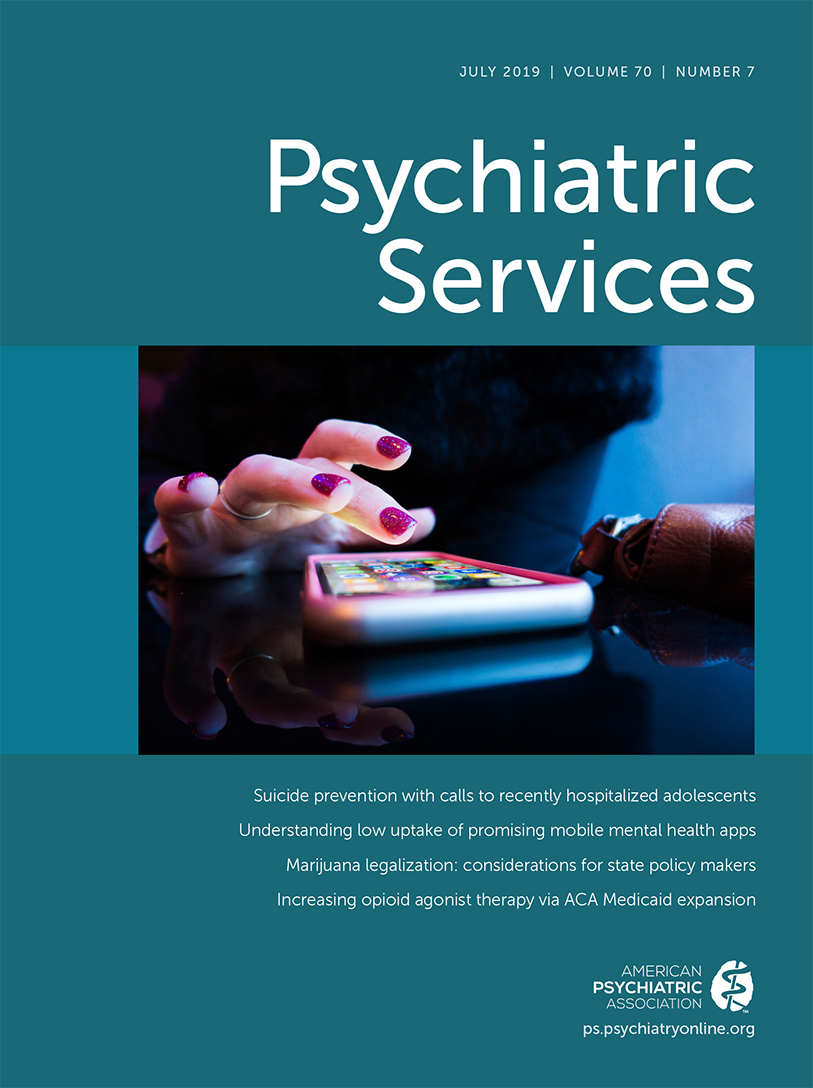Collaborative Care for Depression of Adults and Adolescents: Measuring the Effectiveness of Screening and Treatment Uptake
Abstract
Objective:
This study analyzed effectiveness of screening, referrals, and treatment uptake of a collaborative care for depression intervention across 10 primary care clinics in Chicago.
Methods:
Between November 2016 and December 2017, patients (N=25,369) were screened with the Patient Health Questionnaire–2 and the Patient Health Questionnaire–9 on the basis of an eligibility algorithm. Electronic health record data were analyzed for sample characteristics, screening rates, referrals, and treatment pathways. To identify disparities, a test of proportions was conducted between eligible and screened patients as well as referred and treated patients.
Results:
Screenings, referrals, and uptake occurred proportionately across subgroups except for patients ages 12–17. Adolescent age was associated with disproportionate Patient Health Questionnaire–9 screenings and with treatment disengagement.
Conclusions:
The intervention shows promise in expanding access to care and reducing disparities. Greater access to psychotherapies and innovative treatment modalities, particularly for adolescents, may improve overall treatment uptake.



